Hanfu: The Beizi
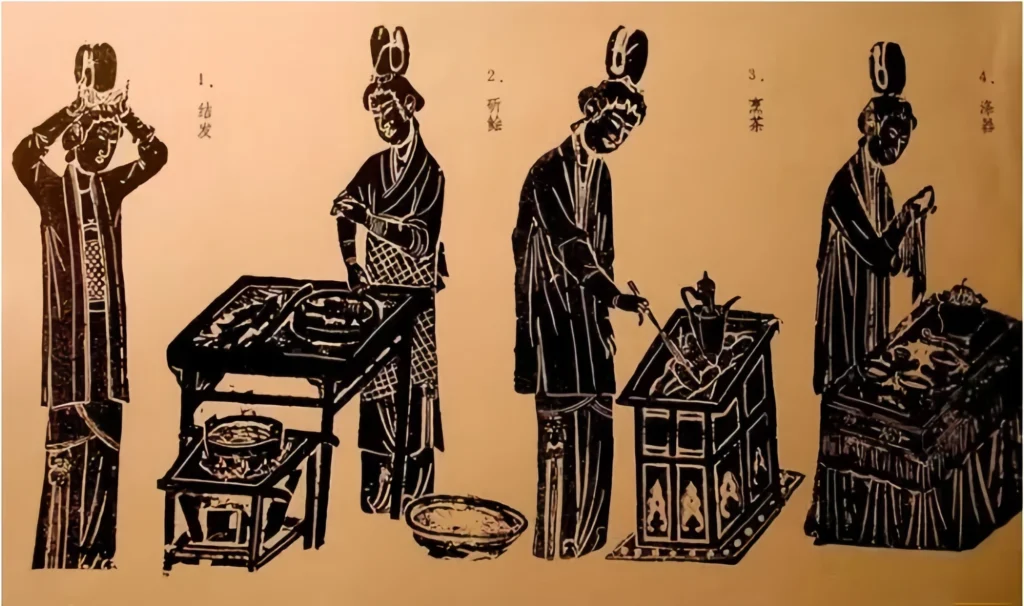
Hanfu Beizi
The Hanfu beizi, also known as the chuozi, evolved from the Tang-style half-sleeve jacket and became widely popular during the Song Dynasty. Compared with the half-sleeve, the beizi has longer sleeves and front panels, a straight collar, a front opening, narrow sleeves, and a length that reaches the knees. Both sides have high slits, and there are ties under the armpits. During the Liao and Song periods, the Song beizi was extremely common. From emperors and officials to ordinary people, both men and women wore it.
As recorded in the Song text Xuanhe Yishi: “Emperor Huizong, upon hearing the news, happily changed his clothes, removed his dragon robe, and put on a black beizi.” And, “Princes, young nobles, scholars, performers, and men all wore head coverings and narrow long beizi with wide pants.”
Men usually wore the Hanfu beizi as casual wear or under ceremonial robes. In Zhuzi Yulei, it says: “During the Chongguan era, Zhu Jishi’s son from Putian traveled to the capital. His father asked him to visit an old friend, a high-ranking official. He first greeted him wearing a robe and hat. After five cups of tea, he asked to remove the outer robe and put on the beizi, keeping the hat on until the end.”
Another line states: “Young men of earlier times wore hats and beizi at home. Not wearing a hat was considered improper. When going out, they had to dress formally with hat and belt.” This shows how widespread the Song beizi was during the Song Dynasty.
Women could wear the Song women beizi as everyday attire or as a ceremonial garment slightly below the highest level of formal dress. As Family Rituals records: “When a woman reaches adulthood and moves to her husband’s household, she wears the Song women beizi.”

Types of Song Dynasty Beizi
There were roughly three main styles:
Diagonal-collar tied style — It had a slanted collar, a length reaching the feet, narrow sleeves to the wrist, and two ties attached under the armpits for fastening.
Straight-collar, front-opening style — This was the most typical Song dynasty jacket form. It had narrow wrist-length sleeves, a straight collar, a front opening, and very high side slits without any ties.
Straight-collar long-sleeve style — This one was looser, had high slits, and featured half-long sleeves.
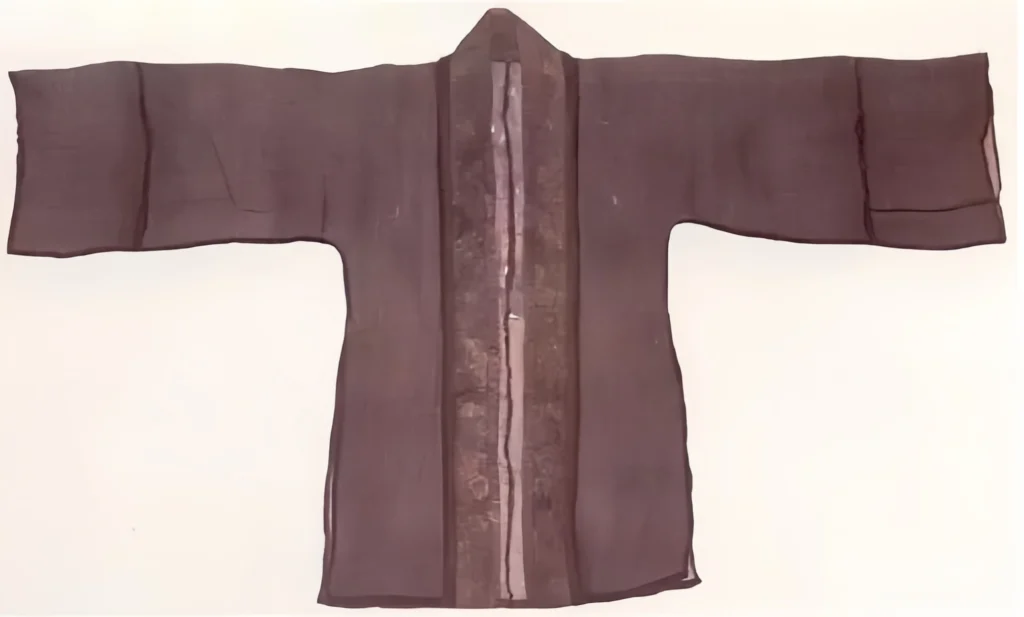
Origin of the Name
Another explanation from the Song Dynasty suggests that the beizi history traces back to maids, because maids usually stood behind the mistress, hence the name “bei,” meaning “back.” Ladies of higher status wore wide-sleeved robes instead. Maids, who needed more mobility, wore garments with side slits for easier movement. Among Song women, the Song women beizi started short in the early period and gradually lengthened, eventually developing into a standard form with sleeves wider than a blouse and a length matching the skirt.
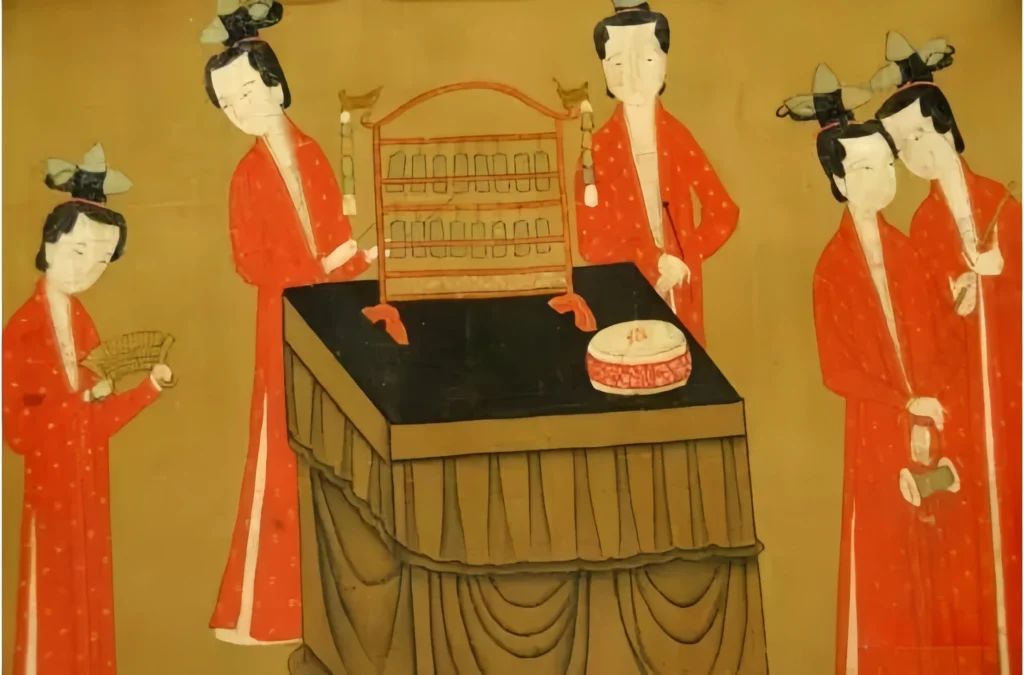
Beizi in Daily Life and Labor
For traveling, Song people often wore long beizi. In Zhang Zeduan’s famous painting Along the River During the Qingming Festival, several figures can be seen wearing long beizi. Short beizi were worn by sedan carriers, guards, or peddlers. Laborers preferred side-slit beizi because they allowed ease of movement.
Although widely worn, the Song dynasty jacket was not considered formal clothing. It was mostly worn at home or for leisure. The beizi had no buttons, and its straight-cut structure allowed length and width to vary freely. Its simple pattern and minimal decoration reflected the social mindset and aesthetic of the Song people.
The Song Dynasty, weakened and economically strained, emphasized simplicity and banned extravagance. Fashion shifted away from the lavish style of the Tang and moved toward plain and modest clothing. By the Southern Song, Neo-Confucian teachings stressed the suppression of excessive desire. Luxurious clothing and fine food became symbols of moral decline. Clothing had to remain simple, plain, and frugal. The Song dynasty jacket had no curves, no exposed collars, and no oversized sleeves. Its clean and restrained style represented the Song ideal of minimalistic beauty.
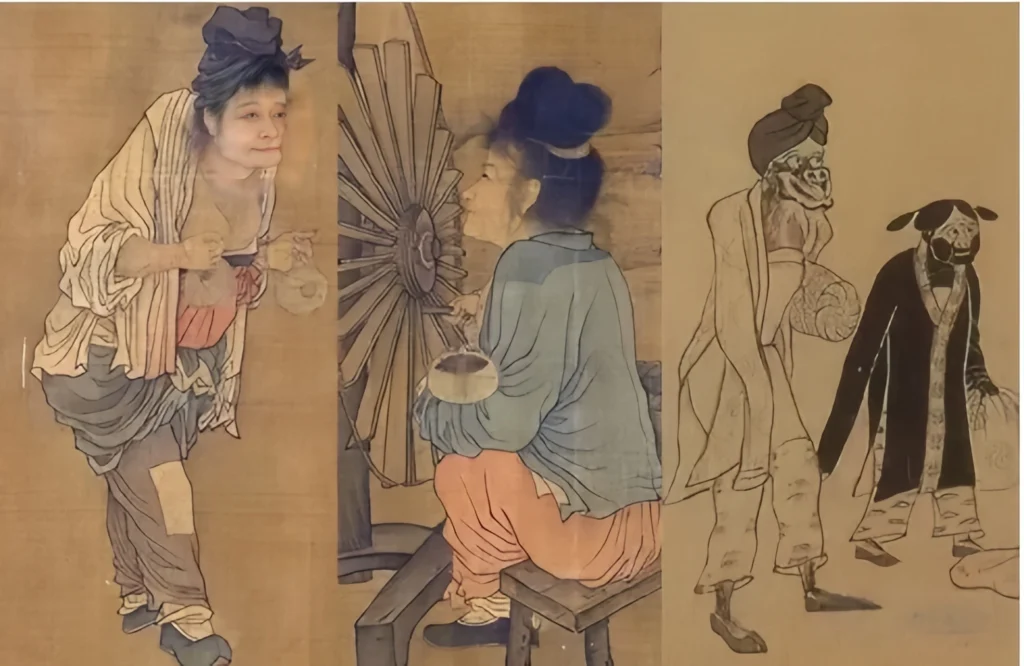
Beizi in Later Dynasties
The Yuan Dynasty continued Song traditions, and people still wore Song beizi. In Dai Shanfu’s Yuan-era play Feng Guang Hao, there is a line saying: “Since leaving behind my life in the pleasure quarters, I no longer wear anything fancy, only the official attendant’s beizi and cap.”
Men in the Ming Dynasty also wore Hanfu beizi, which came in wide-sleeved and narrow-sleeved versions. The wide-sleeved Hanfu beizi had decorative borders along the collar reaching the hem. The narrow-sleeved version had borders on the cuffs and collar, but the border on the collar extended only to the chest. Compared with the Song beizi, the sleeves and body became wider.
From the Yuan and Ming onward, the beizi history shows it became mostly women’s clothing. As Qing scholar Fang Yizhi wrote in Tongya – Clothing I: “Beizi means ‘back.’ Since the Yuan Dynasty, it has been women’s attire.” Men gradually stopped wearing it.

Ready to rock Hanfu beizi?
Check our Hanfu guide for styling tips!
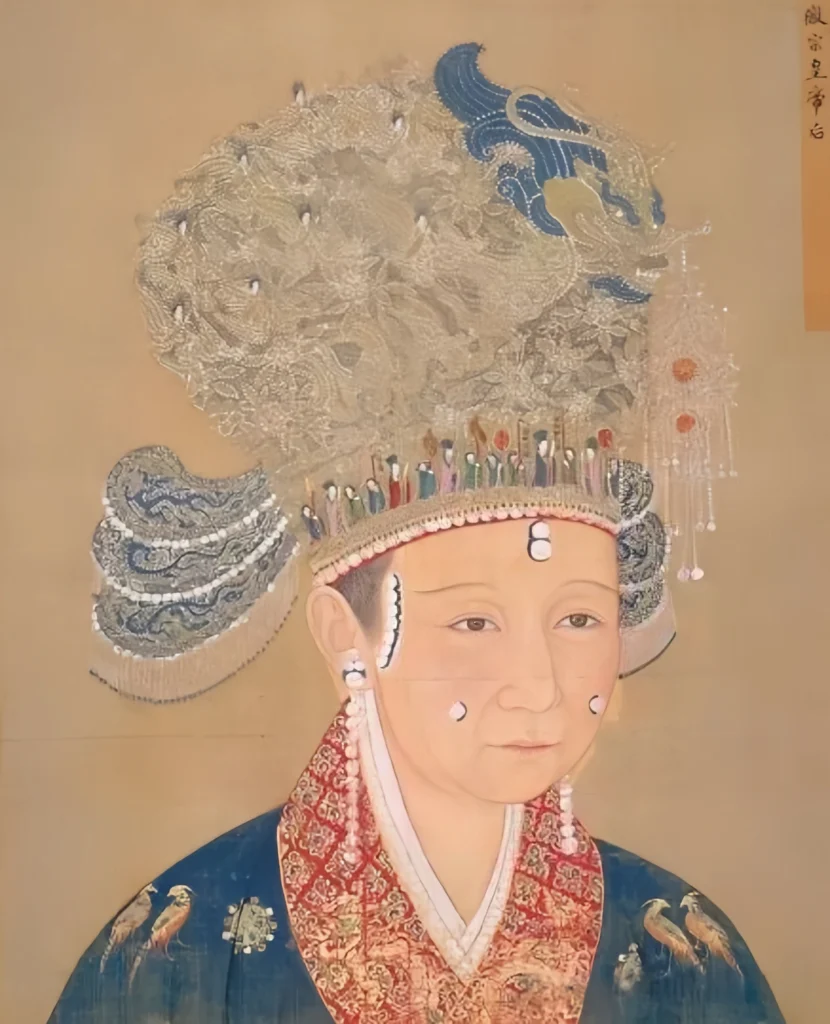


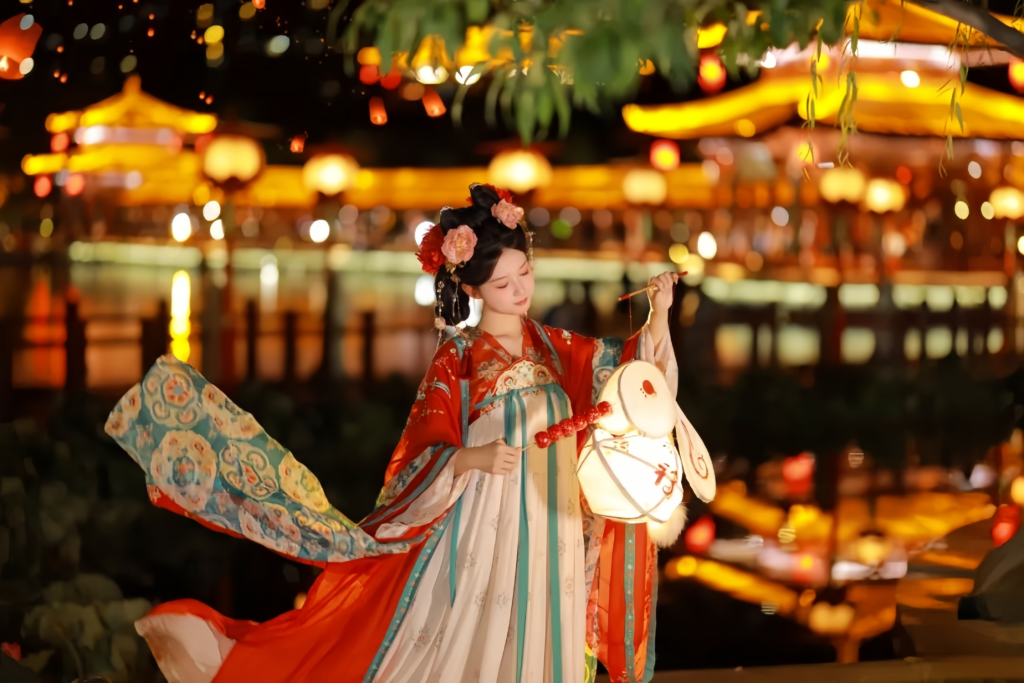

Responses